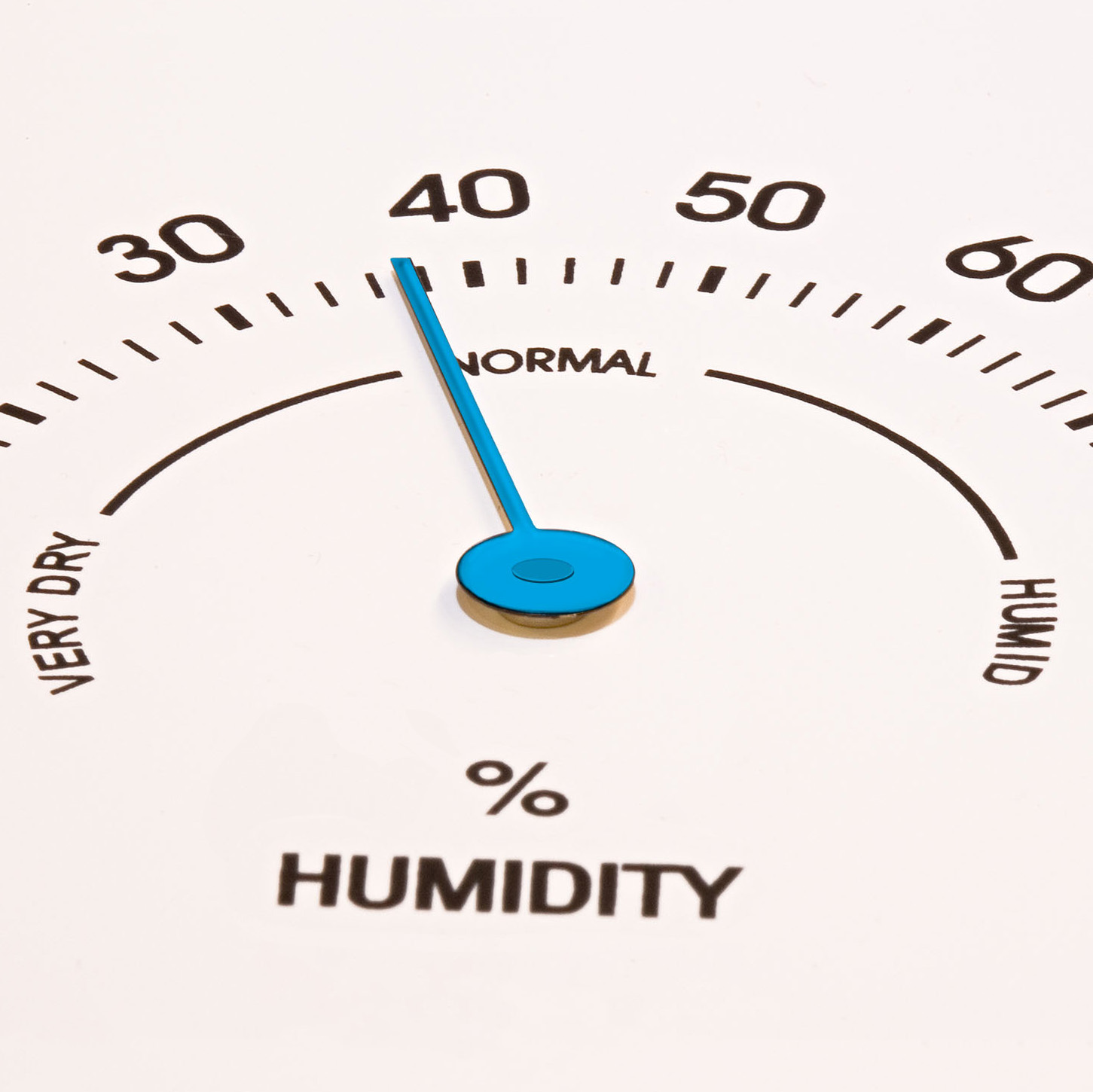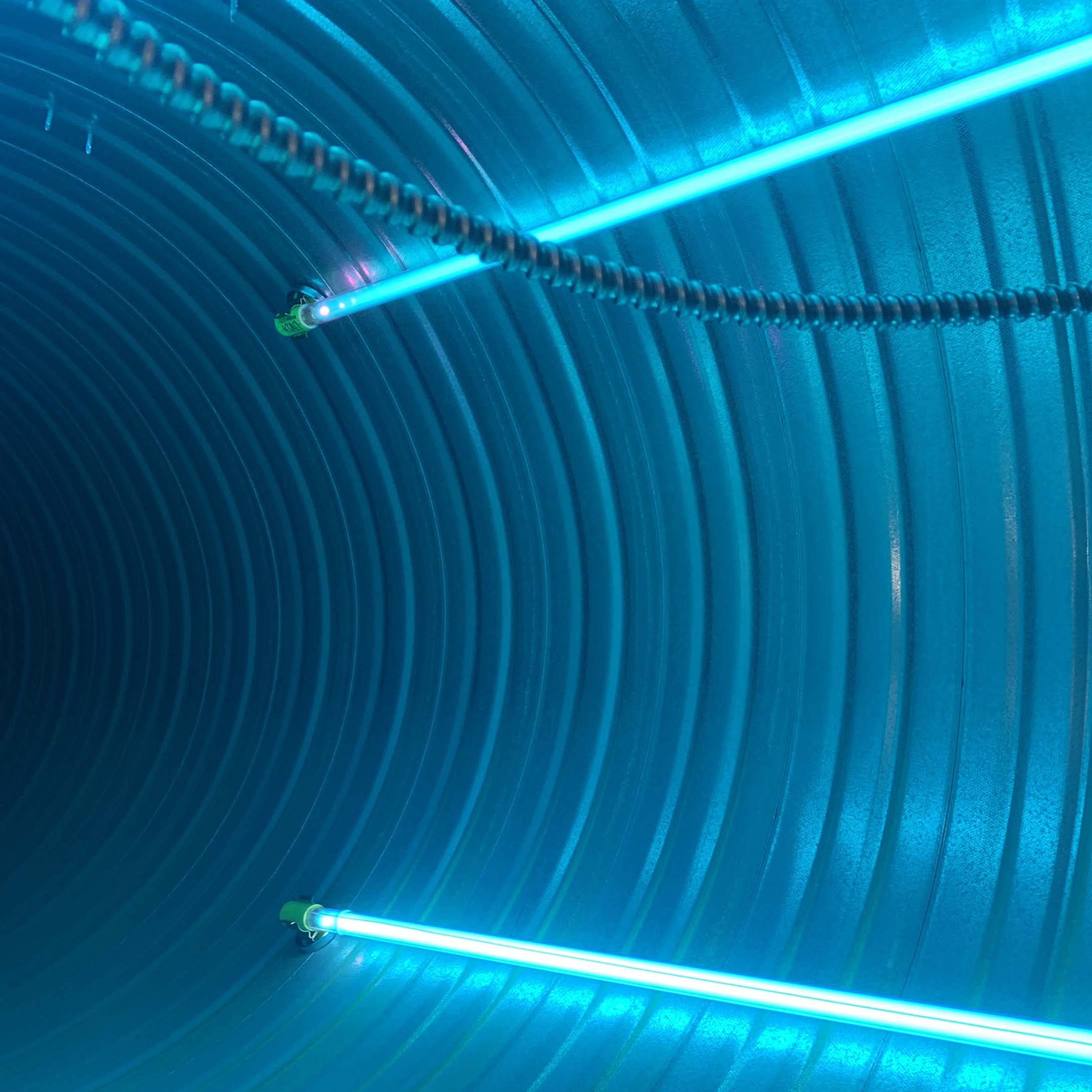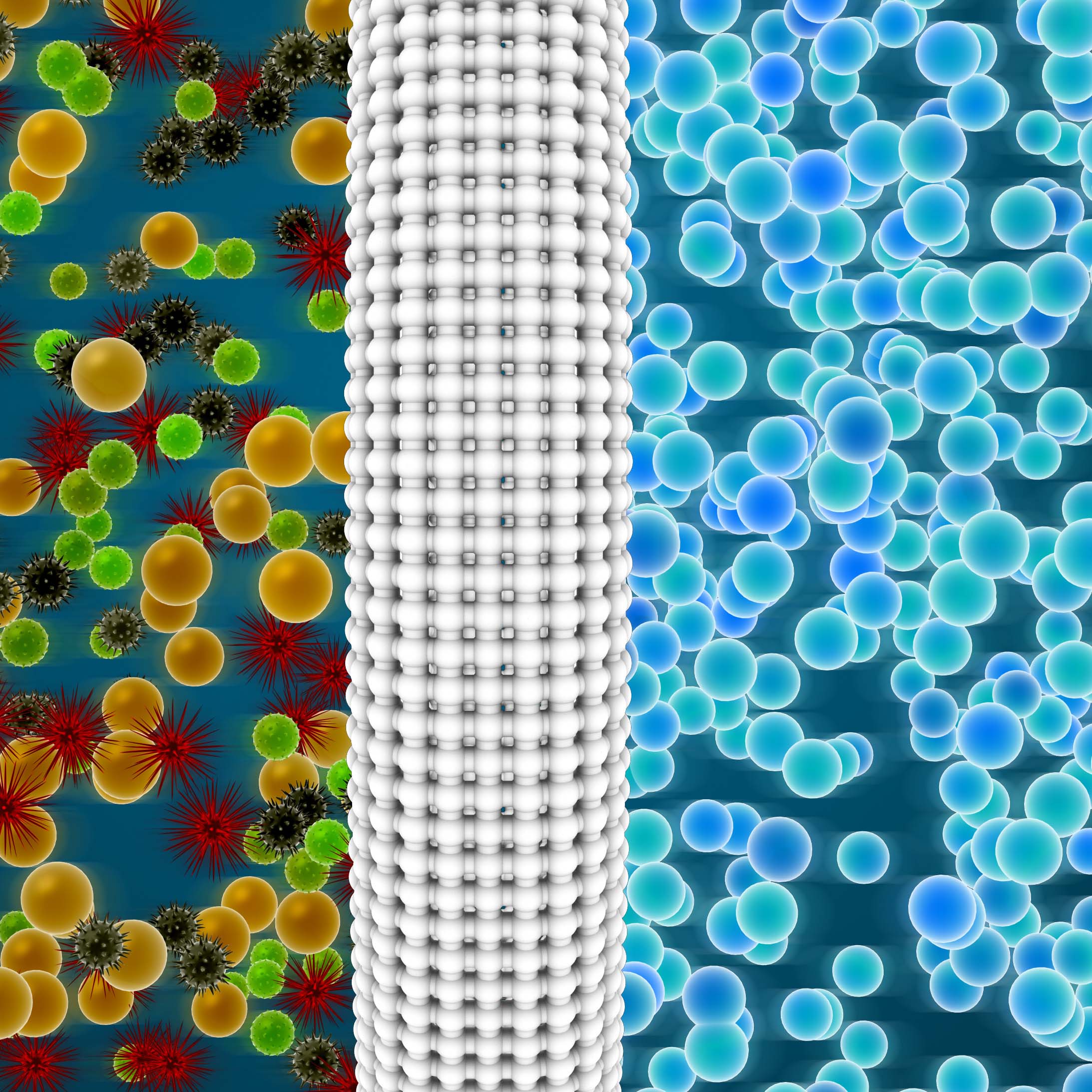“COVID White Paper Series-09”
As we wrap up our COVID19 series vaccination rates are increasing and the US starts to return to normal. What can we take away from the pandemic when it comes to designing HVAC systems? What may we be doing differently in our buildings that we were not doing pre-COVID19?
Some items will be incorporated in code updates. Some items will become industry norms. Other items will become owner/developer considerations based on their risk tolerances and priorities. Incorporating specialty HVAC elements into the design is an insurance policy of sorts. These mitigation efforts can help reduce transmission rates, but at increased installation costs and operational dollars over the life of the project.
Ventilation
In our second paper (Ventilation White Paper), we reviewed the importance of ventilation in diluting contaminants within the built environment. ASHRAE and the CDC both stressed this as the first step in addressing the pandemic from an HVAC standpoint. (ASHRAE Position Document on Infections Aerosols)
From what we know about increased ventilation and virus mitigation, we believe it is reasonable to anticipate an evolution of ventilation requirements into ASHRAE 90.1. ASHRAE 90.1 typically gets adopted into the International Mechanical Code (IMC) on its next iteration cycle. Previous ventilation requirements have changed very little since they were significantly reduced in the 2009 IMC code cycle.
Beyond code changes, owners and designers should discuss and make design decisions regarding the capability of an HVAC system to increase ventilation rates for a period of time, if there are future outbreaks. While it may not make fiscal sense to increase system capacity to handle increased ventilation, other options may be more cost effective. Control strategies and larger ductwork may be more economical. These approaches can monitor indoor and outdoor conditions and increase ventilation rates when there is sufficient capacity. These steps would cover the majority of system operational hours.
COVID19 HVAC Filtration
In the third blog (Filtration White Paper), we discussed the dramatic effect filtration can have on capturing contaminants. Over the past several years, industry demand has increased the availability of equipment that can handle higher filtration rates. COVID19 has most likely pushed that availability even further. We believe there will be a more permanent shift from MERV 8 to MERV 13 filters as the standard filters within the majority of base commercial equipment.
When looking at viruses such as COVID19 & SARS, a MERV 8 filter is only 11-12% effective while a MERV 13 filter is 46% effective. Meanwhile, a MERV 15 filter is 71% effective.
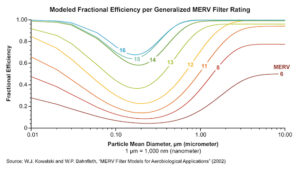
Filtration / Disinfection (ashrae.org)
It is this jump in effectiveness against most pathogens for a comparatively low operational cost that makes increasing filter efficiency an attractive consideration.
Air Sanitization
In the fourth blog (UVC White Paper), we discussed UVC and in the fifth blog ((Bi-Polar Ionization White Paper)) we discussed Bi-Polar Ionization. Both are common methods for air sanitization. Neither are likely to become code required or design standards in the near future. However, for owners and developers looking to take the next step, they are a great consideration.
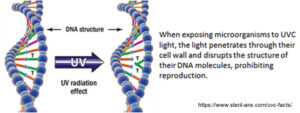
https://www.steril-aire.com/uvc-facts/
In higher risk environments such as hospitals and nursing homes or in areas of higher sensitivity such as schools, air sanitization should be discussed with the owner. While UVC benefits from a longer history and more peer-reviewed studies, it can be costlier and more difficult to install in certain applications due to the light degrading soft materials.
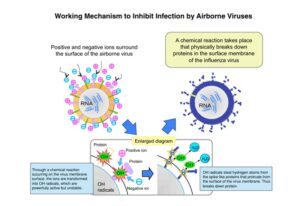
Home (writenowmarketingproofs.com)
Comparatively, Bi-polar ionization is much more flexible in its installations, but still faces an uphill push regarding studies. In fact, since the time in which we wrote the Bi-Polar ionization paper, there has been an open letter published by a member of the ASHRAE Epidemic Task Force cautioning against the use of bi-polar ionization. (Open Letter on Bi-Polar Ionization)
ASHRAE, the CDC and the EPA have not changed their published positions since this article and several lawsuits have been filed. Essentially, they state that there are potential benefits, but more and larger peer reviewed studies are still required.
Humidification
In the sixth blog (Humidity White Paper), we looked at the effects of lower humidity on both virus air concentration and the body’s ability to shed virus particles. Below is the Johns Hopkins’ chart that demonstrated how lower winter humidity values drove up COVID19 case rates.
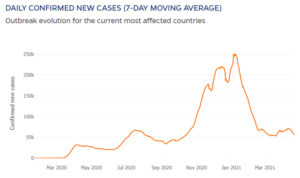
New COVID-19 Cases Worldwide – Johns Hopkins Coronavirus Resource Center (jhu.edu)
Unfortunately, we do not predict significant changes in standard practices when it comes to humidification, except in the most at-risk environments. In order to humidify large volumes of air in commercial buildings, large quantities of water have to undergo a phase change from water to gas. This is typically very expensive to install and operate. Where there may be other health or process benefits, the benefits in reducing viral spread may be enough to incorporate a humidification system. We expect this will be the exception and not the new normal.
Conclusion
As we see COVID19 cases dropping significantly, we cannot lose the opportunity to take some lessons learned from the pandemic and apply them to our future designs. We recommend as owners, developers, and design teams are working on future projects that a portion of the design discussion be focused on HVAC lessons learned from the COVID19 pandemic to both increase the health of the occupants and decrease the chance of future issues should any new crises evolve.
Engineering Tomorrow
At Allen + Shariff, we believe in providing innovative and efficient MEP engineering solutions to our clients. Contact us for more information on our ongoing blog series, to participate in a registered AIA seminar, or learn more about how you can partner with our team.
Contact Dave Van der Vossen at 910-218-3856 for details.
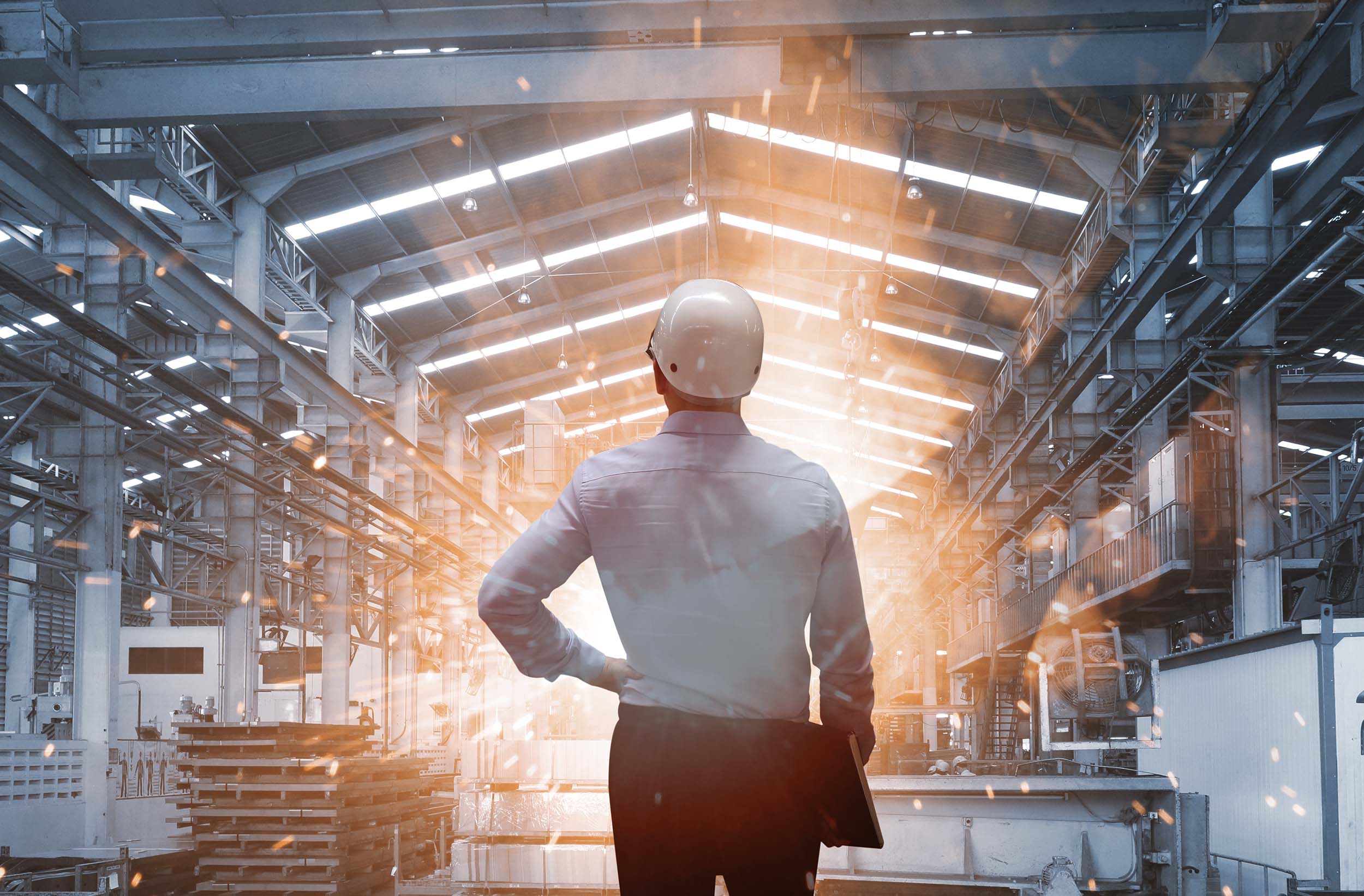
COVID White Paper Series-09

By David Van der Vossen, PE
Senior VP of Engineering
LEED AP BD+C, CGD
As we wrap up our COVID19 series vaccination rates are increasing and the US starts to return to normal. What can we take away from the pandemic when it comes to designing HVAC systems? What may we be doing differently in our buildings that we were not doing pre-COVID19?
Some items will be incorporated in code updates. Some items will become industry norms. Other items will become owner/developer considerations based on their risk tolerances and priorities. Incorporating specialty HVAC elements into the design is an insurance policy of sorts. These mitigation efforts can help reduce transmission rates, but at increased installation costs and operational dollars over the life of the project.
Ventilation
In our second paper (Ventilation White Paper), we reviewed the importance of ventilation in diluting contaminants within the built environment. ASHRAE and the CDC both stressed this as the first step in addressing the pandemic from an HVAC standpoint. (ASHRAE Position Document on Infections Aerosols)
From what we know about increased ventilation and virus mitigation, we believe it is reasonable to anticipate an evolution of ventilation requirements into ASHRAE 90.1. ASHRAE 90.1 typically gets adopted into the International Mechanical Code (IMC) on its next iteration cycle. Previous ventilation requirements have changed very little since they were significantly reduced in the 2009 IMC code cycle.
Beyond code changes, owners and designers should discuss and make design decisions regarding the capability of an HVAC system to increase ventilation rates for a period of time, if there are future outbreaks. While it may not make fiscal sense to increase system capacity to handle increased ventilation, other options may be more cost effective. Control strategies and larger ductwork may be more economical. These approaches can monitor indoor and outdoor conditions and increase ventilation rates when there is sufficient capacity. These steps would cover the majority of system operational hours.
COVID19 HVAC Filtration
In the third blog (Filtration White Paper), we discussed the dramatic effect filtration can have on capturing contaminants. Over the past several years, industry demand has increased the availability of equipment that can handle higher filtration rates. COVID19 has most likely pushed that availability even further. We believe there will be a more permanent shift from MERV 8 to MERV 13 filters as the standard filters within the majority of base commercial equipment.
When looking at viruses such as COVID19 & SARS, a MERV 8 filter is only 11-12% effective while a MERV 13 filter is 46% effective. Meanwhile, a MERV 15 filter is 71% effective.

Filtration / Disinfection (ashrae.org)
It is this jump in effectiveness against most pathogens for a comparatively low operational cost that makes increasing filter efficiency an attractive consideration.
Air Sanitization
In the fourth blog (UVC White Paper), we discussed UVC and in the fifth blog ((Bi-Polar Ionization White Paper)) we discussed Bi-Polar Ionization. Both are common methods for air sanitization. Neither are likely to become code required or design standards in the near future. However, for owners and developers looking to take the next step, they are a great consideration.

https://www.steril-aire.com/uvc-facts/
In higher risk environments such as hospitals and nursing homes or in areas of higher sensitivity such as schools, air sanitization should be discussed with the owner. While UVC benefits from a longer history and more peer-reviewed studies, it can be costlier and more difficult to install in certain applications due to the light degrading soft materials.

Home (writenowmarketingproofs.com)
Comparatively, Bi-polar ionization is much more flexible in its installations, but still faces an uphill push regarding studies. In fact, since the time in which we wrote the Bi-Polar ionization paper, there has been an open letter published by a member of the ASHRAE Epidemic Task Force cautioning against the use of bi-polar ionization. (Open Letter on Bi-Polar Ionization)
ASHRAE, the CDC and the EPA have not changed their published positions since this article and several lawsuits have been filed. Essentially, they state that there are potential benefits, but more and larger peer reviewed studies are still required.
Humidification
In the sixth blog (Humidity White Paper), we looked at the effects of lower humidity on both virus air concentration and the body’s ability to shed virus particles. Below is the Johns Hopkins’ chart that demonstrated how lower winter humidity values drove up COVID19 case rates.

New COVID-19 Cases Worldwide – Johns Hopkins Coronavirus Resource Center (jhu.edu)
Unfortunately, we do not predict significant changes in standard practices when it comes to humidification, except in the most at-risk environments. In order to humidify large volumes of air in commercial buildings, large quantities of water have to undergo a phase change from water to gas. This is typically very expensive to install and operate. Where there may be other health or process benefits, the benefits in reducing viral spread may be enough to incorporate a humidification system. We expect this will be the exception and not the new normal.
Conclusion
As we see COVID19 cases dropping significantly, we cannot lose the opportunity to take some lessons learned from the pandemic and apply them to our future designs. We recommend as owners, developers, and design teams are working on future projects that a portion of the design discussion be focused on HVAC lessons learned from the COVID19 pandemic to both increase the health of the occupants and decrease the chance of future issues should any new crises evolve.
Engineering Tomorrow
At Allen + Shariff, we believe in providing innovative and efficient MEP engineering solutions to our clients. Contact us for more information on our ongoing blog series, to participate in a registered AIA seminar, or learn more about how you can partner with our team.
Contact Dave Van der Vossen at 910-218-3856 for details.
COVID-19 White Paper Series
“COVID White Paper Series-09”
As we wrap up our COVID19 series vaccination rates are increasing and the US starts to return to normal. What can we take away from the pandemic when it comes to designing HVAC systems? What may we be doing differently in our buildings that we were not doing pre-COVID19?
Some items will be incorporated in code updates. Some items will become industry norms. Other items will become owner/developer considerations based on their risk tolerances and priorities. Incorporating specialty HVAC elements into the design is an insurance policy of sorts. These mitigation efforts can help reduce transmission rates, but at increased installation costs and operational dollars over the life of the project.
Ventilation
In our second paper (Ventilation White Paper), we reviewed the importance of ventilation in diluting contaminants within the built environment. ASHRAE and the CDC both stressed this as the first step in addressing the pandemic from an HVAC standpoint. (ASHRAE Position Document on Infections Aerosols)
From what we know about increased ventilation and virus mitigation, we believe it is reasonable to anticipate an evolution of ventilation requirements into ASHRAE 90.1. ASHRAE 90.1 typically gets adopted into the International Mechanical Code (IMC) on its next iteration cycle. Previous ventilation requirements have changed very little since they were significantly reduced in the 2009 IMC code cycle.
Beyond code changes, owners and designers should discuss and make design decisions regarding the capability of an HVAC system to increase ventilation rates for a period of time, if there are future outbreaks. While it may not make fiscal sense to increase system capacity to handle increased ventilation, other options may be more cost effective. Control strategies and larger ductwork may be more economical. These approaches can monitor indoor and outdoor conditions and increase ventilation rates when there is sufficient capacity. These steps would cover the majority of system operational hours.
COVID19 HVAC Filtration
In the third blog (Filtration White Paper), we discussed the dramatic effect filtration can have on capturing contaminants. Over the past several years, industry demand has increased the availability of equipment that can handle higher filtration rates. COVID19 has most likely pushed that availability even further. We believe there will be a more permanent shift from MERV 8 to MERV 13 filters as the standard filters within the majority of base commercial equipment.
When looking at viruses such as COVID19 & SARS, a MERV 8 filter is only 11-12% effective while a MERV 13 filter is 46% effective. Meanwhile, a MERV 15 filter is 71% effective.

Filtration / Disinfection (ashrae.org)
It is this jump in effectiveness against most pathogens for a comparatively low operational cost that makes increasing filter efficiency an attractive consideration.
Air Sanitization
In the fourth blog (UVC White Paper), we discussed UVC and in the fifth blog ((Bi-Polar Ionization White Paper)) we discussed Bi-Polar Ionization. Both are common methods for air sanitization. Neither are likely to become code required or design standards in the near future. However, for owners and developers looking to take the next step, they are a great consideration.

https://www.steril-aire.com/uvc-facts/
In higher risk environments such as hospitals and nursing homes or in areas of higher sensitivity such as schools, air sanitization should be discussed with the owner. While UVC benefits from a longer history and more peer-reviewed studies, it can be costlier and more difficult to install in certain applications due to the light degrading soft materials.

Home (writenowmarketingproofs.com)
Comparatively, Bi-polar ionization is much more flexible in its installations, but still faces an uphill push regarding studies. In fact, since the time in which we wrote the Bi-Polar ionization paper, there has been an open letter published by a member of the ASHRAE Epidemic Task Force cautioning against the use of bi-polar ionization. (Open Letter on Bi-Polar Ionization)
ASHRAE, the CDC and the EPA have not changed their published positions since this article and several lawsuits have been filed. Essentially, they state that there are potential benefits, but more and larger peer reviewed studies are still required.
Humidification
In the sixth blog (Humidity White Paper), we looked at the effects of lower humidity on both virus air concentration and the body’s ability to shed virus particles. Below is the Johns Hopkins’ chart that demonstrated how lower winter humidity values drove up COVID19 case rates.

New COVID-19 Cases Worldwide – Johns Hopkins Coronavirus Resource Center (jhu.edu)
Unfortunately, we do not predict significant changes in standard practices when it comes to humidification, except in the most at-risk environments. In order to humidify large volumes of air in commercial buildings, large quantities of water have to undergo a phase change from water to gas. This is typically very expensive to install and operate. Where there may be other health or process benefits, the benefits in reducing viral spread may be enough to incorporate a humidification system. We expect this will be the exception and not the new normal.
Conclusion
As we see COVID19 cases dropping significantly, we cannot lose the opportunity to take some lessons learned from the pandemic and apply them to our future designs. We recommend as owners, developers, and design teams are working on future projects that a portion of the design discussion be focused on HVAC lessons learned from the COVID19 pandemic to both increase the health of the occupants and decrease the chance of future issues should any new crises evolve.
Engineering Tomorrow
At Allen + Shariff, we believe in providing innovative and efficient MEP engineering solutions to our clients. Contact us for more information on our ongoing blog series, to participate in a registered AIA seminar, or learn more about how you can partner with our team.
Contact Dave Van der Vossen at 910-218-3856 for details.

COVID White Paper Series-09

By David Van der Vossen, PE
Senior VP of Engineering
LEED AP BD+C, CGD
As we wrap up our COVID19 series vaccination rates are increasing and the US starts to return to normal. What can we take away from the pandemic when it comes to designing HVAC systems? What may we be doing differently in our buildings that we were not doing pre-COVID19?
Some items will be incorporated in code updates. Some items will become industry norms. Other items will become owner/developer considerations based on their risk tolerances and priorities. Incorporating specialty HVAC elements into the design is an insurance policy of sorts. These mitigation efforts can help reduce transmission rates, but at increased installation costs and operational dollars over the life of the project.
Ventilation
In our second paper (Ventilation White Paper), we reviewed the importance of ventilation in diluting contaminants within the built environment. ASHRAE and the CDC both stressed this as the first step in addressing the pandemic from an HVAC standpoint. (ASHRAE Position Document on Infections Aerosols)
From what we know about increased ventilation and virus mitigation, we believe it is reasonable to anticipate an evolution of ventilation requirements into ASHRAE 90.1. ASHRAE 90.1 typically gets adopted into the International Mechanical Code (IMC) on its next iteration cycle. Previous ventilation requirements have changed very little since they were significantly reduced in the 2009 IMC code cycle.
Beyond code changes, owners and designers should discuss and make design decisions regarding the capability of an HVAC system to increase ventilation rates for a period of time, if there are future outbreaks. While it may not make fiscal sense to increase system capacity to handle increased ventilation, other options may be more cost effective. Control strategies and larger ductwork may be more economical. These approaches can monitor indoor and outdoor conditions and increase ventilation rates when there is sufficient capacity. These steps would cover the majority of system operational hours.
COVID19 HVAC Filtration
In the third blog (Filtration White Paper), we discussed the dramatic effect filtration can have on capturing contaminants. Over the past several years, industry demand has increased the availability of equipment that can handle higher filtration rates. COVID19 has most likely pushed that availability even further. We believe there will be a more permanent shift from MERV 8 to MERV 13 filters as the standard filters within the majority of base commercial equipment.
When looking at viruses such as COVID19 & SARS, a MERV 8 filter is only 11-12% effective while a MERV 13 filter is 46% effective. Meanwhile, a MERV 15 filter is 71% effective.

Filtration / Disinfection (ashrae.org)
It is this jump in effectiveness against most pathogens for a comparatively low operational cost that makes increasing filter efficiency an attractive consideration.
Air Sanitization
In the fourth blog (UVC White Paper), we discussed UVC and in the fifth blog ((Bi-Polar Ionization White Paper)) we discussed Bi-Polar Ionization. Both are common methods for air sanitization. Neither are likely to become code required or design standards in the near future. However, for owners and developers looking to take the next step, they are a great consideration.

https://www.steril-aire.com/uvc-facts/
In higher risk environments such as hospitals and nursing homes or in areas of higher sensitivity such as schools, air sanitization should be discussed with the owner. While UVC benefits from a longer history and more peer-reviewed studies, it can be costlier and more difficult to install in certain applications due to the light degrading soft materials.

Home (writenowmarketingproofs.com)
Comparatively, Bi-polar ionization is much more flexible in its installations, but still faces an uphill push regarding studies. In fact, since the time in which we wrote the Bi-Polar ionization paper, there has been an open letter published by a member of the ASHRAE Epidemic Task Force cautioning against the use of bi-polar ionization. (Open Letter on Bi-Polar Ionization)
ASHRAE, the CDC and the EPA have not changed their published positions since this article and several lawsuits have been filed. Essentially, they state that there are potential benefits, but more and larger peer reviewed studies are still required.
Humidification
In the sixth blog (Humidity White Paper), we looked at the effects of lower humidity on both virus air concentration and the body’s ability to shed virus particles. Below is the Johns Hopkins’ chart that demonstrated how lower winter humidity values drove up COVID19 case rates.

New COVID-19 Cases Worldwide – Johns Hopkins Coronavirus Resource Center (jhu.edu)
Unfortunately, we do not predict significant changes in standard practices when it comes to humidification, except in the most at-risk environments. In order to humidify large volumes of air in commercial buildings, large quantities of water have to undergo a phase change from water to gas. This is typically very expensive to install and operate. Where there may be other health or process benefits, the benefits in reducing viral spread may be enough to incorporate a humidification system. We expect this will be the exception and not the new normal.
Conclusion
As we see COVID19 cases dropping significantly, we cannot lose the opportunity to take some lessons learned from the pandemic and apply them to our future designs. We recommend as owners, developers, and design teams are working on future projects that a portion of the design discussion be focused on HVAC lessons learned from the COVID19 pandemic to both increase the health of the occupants and decrease the chance of future issues should any new crises evolve.
Engineering Tomorrow
At Allen + Shariff, we believe in providing innovative and efficient MEP engineering solutions to our clients. Contact us for more information on our ongoing blog series, to participate in a registered AIA seminar, or learn more about how you can partner with our team.
Contact Dave Van der Vossen at 910-218-3856 for details.





